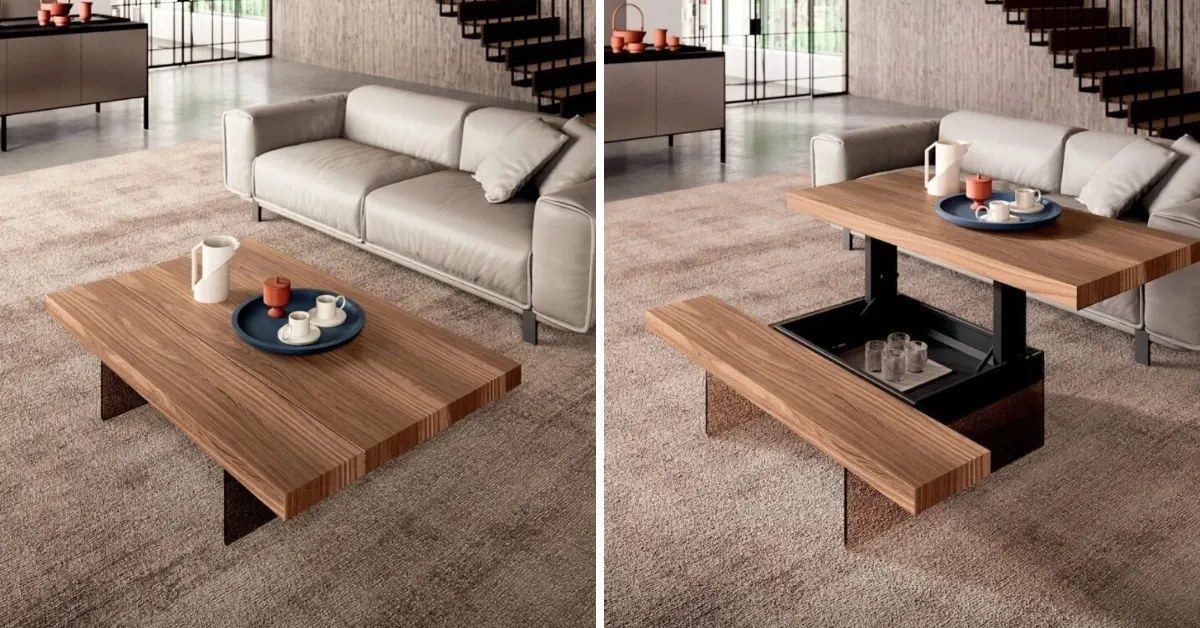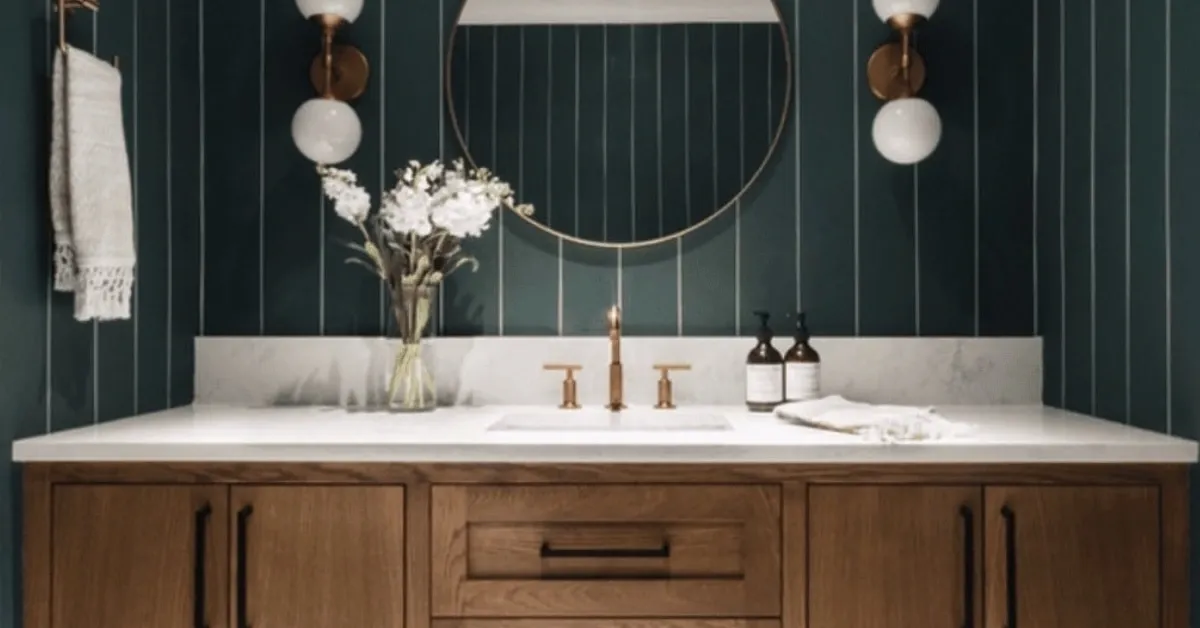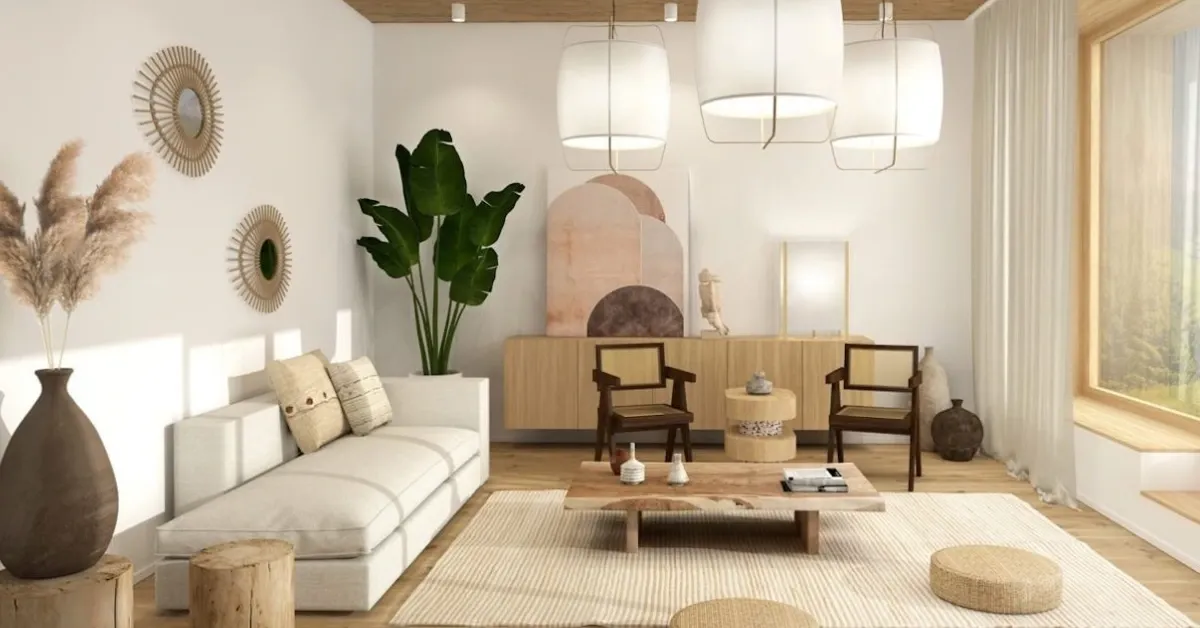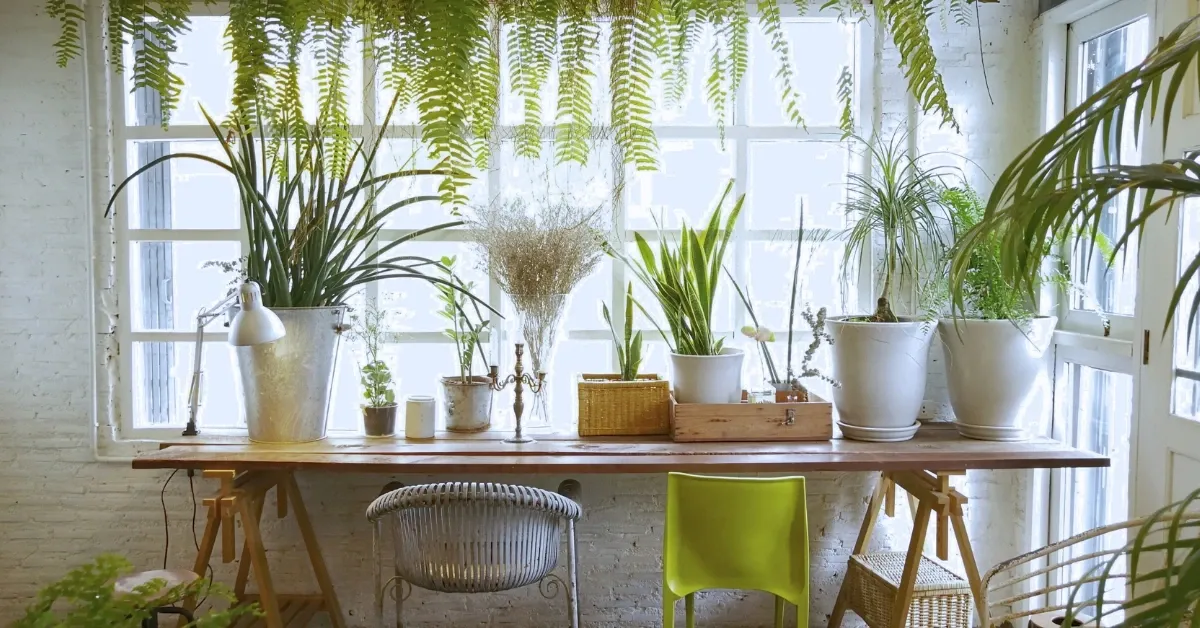
Trending interior design tips for your home
Updated on June 23 2025
Filipino interior design has a distinct character all its own. Rooted in the country's rich cultural heritage, it's a style that embraces simplicity, functionality, and a strong connection to nature. At the same time, it's not afraid to adapt to modern trends, resulting in homes that beautifully fuse tradition with innovation. With a mindful approach, we can create spaces that are not only aesthetically pleasing but also suited to our way of living.
In the Philippines, we have our unique cultural and historical experiences that influence our lifestyle and preferences, making our homes truly a reflection of who we are. Whether it's a traditional Bahay Kubo or a modern condominium unit, Filipino homes are usually designed with practicality, comfort, and a sense of belonging in mind.
In this article, we delve into four key interior design trends that are shaping Filipino homes: multifunctional and adaptive spaces for flexibility, the influence of vintage and art deco styles, the fusion of different design aesthetics, and the unique use of indoor gardens as room dividers. Let's take a closer look at these design elements and how they can be incorporated into your Filipino home to create a space that is beautiful, functional, and uniquely yours.
1. Multifunctional & Adaptive Spaces for More Flexibility

A typical characteristic of a Filipino home is its emphasis on family and community, which often involves hosting large family gatherings or festive celebrations. Therefore, multifunctional and adaptive spaces are essential. These spaces are designed to be flexible and can adapt to various needs, providing a balance between everyday functionality and the ability to accommodate larger groups.
For example, an open floor plan in the living and dining area allows you to rearrange furniture to create a larger entertainment space when needed. Furniture that serves multiple functions is also a great asset. Consider sofa beds, expandable dining tables, or ottomans with hidden storage.
Filipinos are also known for their ingenious ways of maximizing small spaces. Foldable or retractable furniture pieces, such as Murphy beds or drop-down desks, can transform a bedroom into a workspace during the day and a restful retreat at night. Even stairs can be fitted with drawers to provide additional storage without taking up extra space.
Implementing adaptive design also entails being mindful of the household's changing needs. As families grow or age, homes should be designed to be easily modified. This could mean creating rooms that can be divided or combined as needed, or ensuring that the home is accessible for elderly family members.
2. From Vintage to Art Deco

Art Deco and vintage styles are two distinct design aesthetics that both have a place in Filipino homes. Vintage design in the Philippines often involves a nod to the country's Spanish colonial past, incorporating antique or antique-style furniture, traditional Filipino materials like capiz, and rich, warm colors.
On the other hand, Art Deco design, which became popular in the Philippines during the American colonial period, involves more geometric shapes, bold colors, and luxurious materials. Art Deco design elements can bring a sense of elegance and glamour to your home.
You might opt for an Art Deco-inspired living room with bold geometric patterns on the wallpaper, rich velvet upholstery, and metallic accents. Alternatively, a vintage-inspired bedroom might include an antique four-poster bed, a traditional Filipino rattan chair, and warm, earthy tones.
3. Fusion of Different Styles

In line with its multicultural history, the fusion of different styles is common in Filipino homes. This could be a blend of Spanish, American, and native Filipino design elements, or a mix of modern and traditional styles, known as "transitional" style.
In a fusion-styled Filipino home, it's not uncommon to see traditional wooden furniture set against a backdrop of modern, sleek walls and floors. Or a minimalist, contemporary kitchen could be contrasted with an ornately carved, Spanish-style dining table.
This fusion of styles extends to materials and finishes as well. Native materials like rattan, bamboo, or abaca can be paired with modern elements like steel or glass, creating a contrast that is both visually interesting and reflective of the country's diverse cultural influences.
4. Indoor Gardens as Unique Room Dividers

Filipinos have a deep affinity for nature, and this is reflected in the design of their homes. Indoor gardens not only bring a piece of the outdoors in, but they can also serve as unique room dividers in open-plan spaces.
Instead of traditional walls or partitions, a vertical garden or a row of tall indoor plants can separate different areas in a home. This creates a more natural and fluid division that doesn't close off spaces completely.
You could create a small indoor garden between your living room and dining area, using plants of different heights and varieties to add visual interest. Or use a series of potted palms or ferns to delineate a workspace within a larger room.
Besides their aesthetic value, indoor plants improve air quality and can help create a calming and stress-relieving environment. Consider plants that thrive indoors, like pothos, snake plants, or fiddle leaf figs.
Implementing these design ideas in a Filipino household requires thoughtful planning and an understanding of the lifestyle, culture, and preferences of the people who live in the house. Ultimately, a well-designed home should not only be visually appealing but also functional and reflective of the personalities and needs of its inhabitants. As such, these tips should serve as a guide, to be adapted and personalized according to your unique context and requirements.